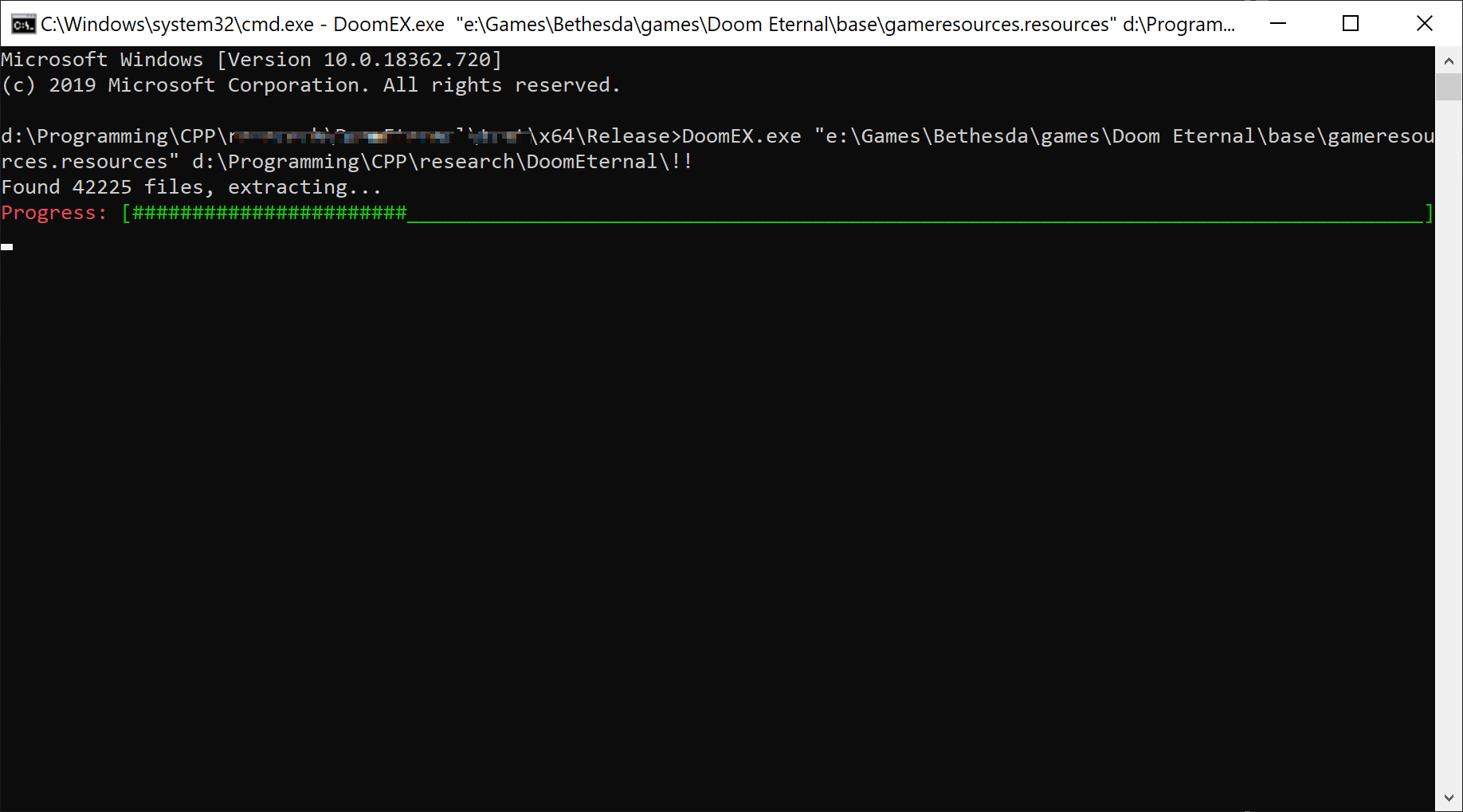

This kind of technique works anywhere, not just with cd commands. The shell shows the expanded command line before running it: You can get the previous filename with just two keystrokes: !$. There’s no need to move to the previous line and then use editing commands to change ls -l to vi. !$ (“bang dollar”) expands to the last argument on the previous command line. Some of these operators are stillįaster and easier to use than command-line editing. Before shells did this, though, the C shell had another way to edit: history substitution, a set of shell operators starting with the ! It? Most modern shells let you recall and change previous command linesīy pressing the up-arrow key (or CONTROL-p or ESCAPE-k) and editing theĬommand-line using Emacs or vi commands. If you make a mistake on the command line, how can you fix Just what you need to do - is the very spirit of “Power Tools.” Faster than Emacs and vi Of the shell and its command-line - letting you combine tools to do Likely to get some ideas for related uses. Even if you don’t want to do exactly these things, you’re Let’s look at some powerful things you can do on aĬommand-line. However, the power of the many non-GUI Linux utility programs, joining forces through the shell, would let you make quick work of that job. Can a graphical filesystem browser do that in one step? Probably not. Your filesystem, and run make clean in those directories. You’d like to find objectįiles that haven’t been accessed in six months or more, all through


You’re cleaning out your Linux filesystem. For instance, imagine that you’re a programmer and Then a GUI tool may always be the right choice.īut the simplicity of GUI interfaces can also make them weakĪnd inflexible. If “easy” and “intuitive” are your main criteria for programs, Out on menus and dialog boxes, making it easy to discover what the toolĬan do. All of their commands and options are typically laid Tools with graphical user interfaces (GUIs) canīe easy to learn.


 0 kommentar(er)
0 kommentar(er)
